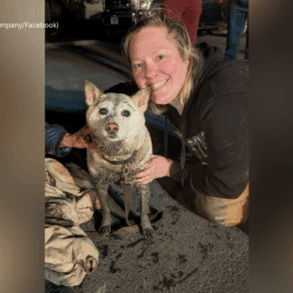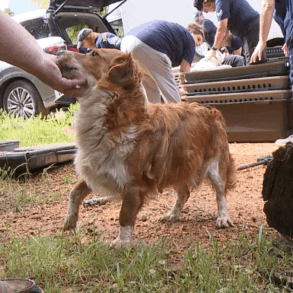
Holiday weekends are often a time when we can “turn it off” and reflect on where we have been and where we are going on our media journey. I took the opportunity to read through articles and papers I have authored over the last few years.
The acceleration of media evolution has been significant during that time. Driven by the pandemic, working from home, a shift in personal priorities, and advertisers following the audience as they sample different entertainment/information platforms and how they’re used, has dramatically changed how people engage with the radio. The growth of digital advertising as a revenue competitor has been significant. The cost-cutting to deliver to investors much-needed quarterly numbers has made product growth difficult.
It’s clear that there’s more competition today than ever before. Fragmentation is going to continue. It means that those purveyors of entertainment and information who want to succeed will have to be dominant in their lane. Including radio. It isn’t enough to be Top 5 anymore. You have to be at the top of your format and that format has to be a mass appeal format. I’m not talking only about audience measurement. I’m referencing impressions, community connection, and advertising dominance – the latter being the most important.
The future of media isn’t necessarily more of what’s been done in the past. We’re seeing television networks spin off divisions, alter their content strategies, and retire many of the legacy talent on their rosters. These behemoths are also competing with local television by competing with themselves.
Peacock is owned by NBC but competes with the parent company by presenting unique, desirable content on their digital platform. The same goes for Paramount+, which is owned by and competes with CBS. ABC doesn’t have the luxury of a direct partner like those two networks, but it does broadcast shows on Hulu roughly 24 hours after a show has been presented on the ABC network. Seldom does radio have the stomach to attack itself.
The approach that will need to be taken is to win the battles you can win. Most clusters have one or two “Big Dogs” that generate the bulk of the revenue for a particular in-market group of stations. There are obviously markets where one entire cluster is the “Big Dog” and all other clusters fight for the scraps that fall from the table. Those “Big Dog” situations are rarer than you might think.
There’s also the “Wall” approach. For example, you build a “Wall of Women” focusing all of your stations on the female audience. The reverse goes for the “Wall of Men” where every station in the cluster targets the male audience almost exclusively.
What isn’t working as well universally is to focus too broadly within a cluster. That is programming a variety of diverse formats within a cluster that targets dramatically different audiences. Expenses are increased because of the need for a diverse sales approach. The same goes for overall staffing, marketing, and programming. There are some high-profile situations that serve as evidence to the contrary. No argument there.
Those situations are rare and generally in immensely large markets, like New York, or much smaller markets where there’s less competition. It can also be that this outlier is a cluster that contains diversely-formatted heritage stations that have dominated their market for years.
The opportunity is to be good at what you’re good at and use the other stations in your cluster to get onto buys you may never have a chance of pitching. Strength in a format or target helps to pry your way into promotions, experiences & events, and deepens a community connection. Doors are opened more readily when you can put the weight of the Big Dogs against the competition and dominate.
Being able to aggregate the cume that listens to the radio stations in your cluster is a big sales advantage, too. The greater your cume, the less susceptible you’ll be to rating wobbles. Bigger is better because it increases the odds of diaries and meters landing in a household that listens to your station/stations. When you have stations within your cluster that are targeting similar audiences, it makes sense to cross-promote one to the other and keep the audience within your group nest. While such inter-cluster competition was seen as negative, it’s akin to the DSPs that compete with themselves. If I’m listening to one of your stations, I’m not listening to a competitor of yours.
It takes much more than desire to be a Big Dog.
The easiest way to get there is if you’re already a strong station within a market. At which point, using the similarly targeted stations in your cluster to support and reinforce the brand of the Big Dog should become routine. If none of your stations in a market are dominant, then start by acknowledging which one in your cluster is the best in the building.
That station should be the revenue leader in-house for your cluster. If the signal provides full coverage, and the ratings are strong, then shift your focus to lean dramatically toward that station. In almost all clusters, there are stations that are a distraction. Limit the attention and investment they get to allow your big dog to be fed.
The competitive situation that radio finds itself in necessitates a change in mindset and operation. They can’t all be Big Dogs.
This post was originally published on this site be sure to check out more of their content.









































